Today’s newsletter podcast talks about a Crisis Nursery. No, it’s not an emergency room for sickly looking houseplants; although, the gardening entrepreneurs among you may be thinking…”hmm, that may not be a bad idea!”
The Crisis Nursery we are talking about today deals with the safety of children, and the role the Sacramento Children’s Home has in its survival.
Oh, listen! I hear my dead mother saying, “And what exactly does that have to do with the price of tea in China?” That would be her way of saying, “stay in your lane, Freddie Joe.” Adding, “stick to gardening.”
Sharp-eyed readers of this digital scenic bypass-laden newsletter, ostensibly dealing with horticulture, may know that I include a picture of a bicycle in just about every issue. Because, if I am not in the garden, I’m on my bike.
And sharper-eyed, highly caffeinated readers will recall that I have been plugging “Farmer Fred’s Ride for the Kids” for a few weeks now. At least, that’s what I’m calling it. The Sacramento Rotary Club would prefer to call it by its actual name, the Sacramento Century Challenge, a fundraising 100-mile bike ride (plus shorter rides) on September 28 to raise funds to support the Sacramento Children’s Home Crisis Nursery program.
Now, I know you came for the gardening here. But thanks for letting me talk about the Crisis Nursery in today’s newsletter podcast with the Sacramento Children’s Home Director of Philanthropy, Todd Koolakian. And if you are adverse to listening to podcasts, a transcript of our conversation is below. The internet links mentioned in the podcast are underlined in the above paragraphs.
And below the transcript, is my garden gift to you for sticking with me all these years: a chart from the UC Davis Post Harvest Technology Department, “Storing Fresh Fruits and Vegetables for Better Taste”, which answers the question: where do all the tomatoes and zucchini (and other backyard garden favorites) go when you bring them into the house? The counter, the refrigerator, or a combination of the two? You’ll want to print this chart out and hang it inside a kitchen cabinet door, for easy reference.
At this point, the sharpest-eyed, super-caffeinated, hyper-critical readers of this newsletter might remark, “Didn’t you publish this in a newsletter two years ago?” Hey, quit waving your trowel at me, Columbo. That time around, it was only the first page of a two page document. Today, it’s both pages of information on storing fresh fruits and vegetables.
But no matter your caffeine intake, thanks for listening and reading all these years.
What is a Crisis Nursery? The Transcript
Farmer Fred
Coming up Saturday, September 28th, I'm gonna be riding my bike. That is not so unusual. If I'm not in the garden, I'm usually on my bike. Well, on September 28th, that happens to be the date for the Sacramento Century Challenge. It's a 100-mile bike ride along the Sacramento River. It starts in downtown Sacramento (on Capitol Mall), heads south through the Delta Farmland region, and then back to downtown Sacramento.
And yes, 100 miles is part of the challenge, as is the bike I'll be riding on. I'm not cheating you. I'll be on an analog bike, not an e -bike. It's my good, trusty, steel-framed Surly Midnight Special. And adding to the challenge, of course, is the route. It's not a very hilly route, the 100 mile route, but it goes along the river on the levee roads, which are full of potholes. And usually in past events in doing this ride, there are some ferocious headwinds, usually on the way back. And making it more of a challenge, and this is where you come in, folks, is helping out the Sacramento Rotary Club raise money for the Sacramento Children's Home Crisis Nursery by spurring me on with a donation for the Crisis Nursery.
The Sacramento Children's Home Crisis Nursery is the only program of its kind in Sacramento County. Exactly what do they do? You probably saw the little headline in the newsletter or the podcast that asked the question, “what is a crisis nursery?” And you might be thinking, “some plants are in danger!”
It's better than that. We're talking with Todd Koolakian. He is with the Sacramento Children's Home and the Crisis Nursery. And Todd, tell us a little bit about the Sacramento Children's Home and the Crisis Nursery. The Children's Home has been around since what, the 1800’s?
Todd Koolakian
That is true. Yes, we've been around since 1867. We originated as an orphanage at that time. During the gold rush days, we were started by a group of volunteer women and we've been continuously operating for 157 years.
First, thanks Fred, for having me on to share a little bit more about our events and the beneficiary, the Sacramento Children’s Home Crisis Nursery. I'm also a member of the Rotary Club of Sacramento and I am the immediate past president. So I had the pleasure of leading the organization last year and now in my retirement of being the president of the club, but still a proud member of the Rotary Club of Sacramento.
And we've been doing this event in partnership together, our two organizations, for 11 years and so proud to benefit from this event and folks like you that are going out and raising money on our behalf.
The Crisis Nursery is a fairly unique program. There's only five crisis nurseries in the state of California. We operate two of them here in Sacramento County. It's a 24 -7 program that serves families with young children that are going through a crisis. And that crisis could really be anything. It could be a medical or mental health emergency. It could be homelessness, an employment crisis, just going through a time of despair and not having somewhere else to turn.
So the crisis nursery is there for families going through any number of those crisis. They can turn to the nursery as a resource to bring their children for anywhere from a few hours up to 30 days, completely free of charge. The nursery can take those small children into their care, providing all the essentials they need. Everything is free, from clothing, food. It’s just a warm, loving place to stay.
And then during that time, we work with the families to help solve their crisis. A lot of the families that we care for don't have a great support system. There's that age old African proverb that says “it takes a village to raise a child”. For a lot of the families that we serve, they don't have that village. And so we provide that village for them and provide some of the supports that they need during their time of crisis. And it's a really great program.
We operate the only crisis nursery in Sacramento County. And like I said, one of only a handful in the state of California. And we're really proud to operate that program. We started it in 1996 and have had it ever since. And we opened up our second location in 2002. So really, it’s a great program. And we really appreciate all the generous support that comes from the Sac Century Challenge. Each year it raises about $100,000 to support our program.
Farmer Fred
That's great. What age of children are eligible to be in the crisis nursery?
Todd Koolakian
Great question. The idea behind crisis nurseries is to serve families with children, infant through age five. So a child from just a few days old all the way up to the day before their sixth birthday, all qualify to come and stay at the nursery.
We can assist families with older children, with other resources. We just can't take them per our licensing in to stay at the facility. So some of the other resources we can provide families with older children, there is all sorts of other supports. You know, our organization, the Sacramento Children's Home, has programs that serve children of all different ages. So we have a lot of other resources, but as far as kids that can actually stay at the nursery, it is from a few days old all the way up to a day before their sixth birthday.
Farmer Fred
Yeah, it's interesting the number of reasons that people would want to avail themselves of your services. I noticed in your annual report that one of the stories cited was about a shooting outside of a bedroom window of a home where a family lived, and they wanted to get their children to safety. And they came to you.
Todd Koolakian
Exactly. It really runs the gamut on the types of reasons that clients come and utilize the crisis nursery. And there really is no right or wrong reason. We are open to anybody and everybody that may need our resource. There's all sorts of scenarios.
What I would say is the connection between all of the different reasons is wanting to ensure that their young children are safe and that they're in a safe place.
I think we've all unfortunately heard about some of the terrible news over the years of
young children at times being left in vulnerable situations. That's what we're trying to avoid with the crisis nursery. And that's why the program's there. We don't want parents to be in a situation where they leave their child with unsafe people or in an unsafe environment. And so that's why the nursery is there. Really, there is no wrong reason to come to the nursery. There's no judgment on our part. Really, any reason is a good reason to come in and utilize that program.
Farmer Fred
What do you tell the parents - or parent - when they come in with a child and want the child to stay there? Do you explain to them that if we see a situation where there's abuse, we will bring in the authorities? Or do you not do that?
Todd Koolakian
All of our programs under the Sacramento Children's Home umbrella really are required to be mandated reporters. So if there's ever in any of our programs any sign of abuse, neglect, anything of that sort, we do have to report that to the authorities. What I will say though is the nursery is intended to be a program that families can use to avoid those situations to prevent child abuse and neglect. So we want the nursery to be a program that parents can use so that those sorts of things don't happen. And that's really why the nursery is there. It's a critical prevention tool for local families.
It's a proven child abuse prevention tool that many of our partners and collaborators in the area know is a proven tool to avoid child abuse and neglect. So that's what we hope parents will use as a means to prevent those situations. Now, what I'll also tell you is we let all of the parents know that are utilizing the program, that there's nothing wrong with them for utilizing the program, that they shouldn't be ashamed, they shouldn't feel like they've done anything wrong as a parent.
One of the greatest things that you can do to be a wonderful parent is to know when you need to seek help. And that's what we really try to drive home with clients that utilize the nursery. It's okay to ask for help. That's actually a really good thing. It means that you're wanting your kids to have the best possible outcome. And that sometimes all of us need a little bit of helping hand and the nursery is there judgment free to assist those sorts of families that might just need a short -term helping hand.
Farmer Fred
And the helping hand is to be extended as well to the Crisis Nursery itself. The reason behind this ride, the Sacramento Century Challenge that I'll be participating in on Saturday, September 28th, is raising funds for the Sacramento Children's Home Crisis Nursery. We'll have a link in the show notes and here in the newsletter about how you can donate to the Crisis Nursery through “Farmer Fred's Ride for the Kids”, I'm calling it. It's through an organization called Just Giving. So if you go to JustGiving.com and type in “Farmer Fred” in the search engine, you'll find Farmer Fred's Ride for the Kids, the 2024 Sacramento Century Challenge, right there, where you can help by making a donation.
Not to lay any guilt on you folks, but do I ever ask for money when I answer your garden questions? No, no. I'm asking you now, to perhaps share some of your money with the Sacramento Children's Home Crisis Nursery. Thank you very much.
Todd Koolakian, we have certainly learned a lot about the Sacramento Children's Home Crisis Nursery. Best of luck. Are you going to be out riding on September 28th?
Todd Koolakian
I won't be riding, but I will be out there as a volunteer. So for folks that are going to ride such as yourself, Fred, and go to the post ride festival, I'll be out there at that event, helping out with manpower. But we'll have a lot of great Rotarians out along the way to assist riders. And it should be a really great event, as it always is year after year.
Farmer Fred
And I would think that you take signups for the ride up to the day of the ride.
Todd Koolakian
We do. We will take people the morning of. And we also have an early registration that folks can do on the Friday before the ride. We'll take signups there as well.
All are welcome. We love to have folks even up until the very last minute show up and ride with us. We'd be happy to have you. It's a well supported event. We have several rest stops along the ride route, as well as safety vehicles that are driving around throughout the event to assist riders that may have a snag in their bike. We never hope that happens, but sometimes things arise and we have folks going around to assist with that.
Farmer Fred
For folks that like to ride, hope to see you out there. Yeah, I should point out that it's not just the 100 mile ride. There's a few other rides involved with the Sacramento Century Challenge. There's the Metric Century, which is 62.1 miles. There's a Half Century, which is 50 miles. And then there's the Fun Rides (36 miles, and 16 miles long). And they all start at a little different time, but all on the morning of September the 28th, a Saturday. So if you're in the Sacramento area and you want to do a nice bike ride along the Sacramento River, you might consider the Sacramento Century Challenge, which begins and ends downtown on the Capitol Mall (on Capitol Avenue adjacent to the state Capitol building.) You can find out more information about the ride and the routes at sacramentocentury.com and we'll have a link to that as well, in the show and newsletter notes. Todd Koolokian, thank you so much for your help and best of luck with the Sacramento Children's Home Crisis Nursery.
Todd Koolakian
Thank you, Fred. Really appreciate your support.
After the Harvest, Where Do You Store It?
This time of year, no one walks in from the garden without a handful (or bucketful) of fresh fruits and vegetables. Usually, they end up next to the kitchen sink.
For those just-picked fruits and vegetables to last the longest, where should you put them? On the counter? The refrigerator? Both? Neither?
It’s all neatly displayed in the two graphics further down this column, “Storing Fresh Fruits and Vegetables for Better Taste” from the UC Davis Post Harvest Technology Department and UCANR.
It includes this information on proper storage of fresh fruits and vegetables at home, either from the garden or the grocery store:
Store on Counter at Room Temperature: apples (for less than 7 days), bananas, grapefruit, lemons, limes, mandarins, mangoes, melons, oranges, papayas, persimmons, pineapple, plantain, pomegranates, watermelons, basil (in water), cucumbers (refrigerator is OK for 1 to 3 days), dry onions (well ventilated), eggplant (refrigerator OK for 1 to 3 days), garlic (well ventilated), ginger, jicama, peppers (refrigerator OK for 1 to 3 days), potatoes (well ventilated), pumpkins, sweet potatoes, tomatoes, winter squash.
Ripen on Counter, Then Store in Refrigerator - avocadoes, kiwifruit, nectarines, peaches, pears, plums, plumcots (and I would imagine pluots would be in this category).
Store in Refrigerator - apples, apricots, Asian pears, blackberries, blueberries, cherries, cut fruits, figs, grapes, raspberries, strawberries, artichokes, asparagus, green beans, beets, Belgian endive, broccoli, Brussels sprouts, cabbage, carrots, cauliflower, celery, cut vegetables, green onions, herbs (not basil), leafy greens, leeks, lettuce, mushrooms, peas, radishes, spinach, sprouts, summer squashes, and sweet corn.
And, as promised…Storing Fresh Fruits and Vegetables for Better Taste…The Chart
And one more time, the link to donate to the Sacramento Children’s Home Crisis Nursery to support and encourage my 100-mile bike adventure during the Sacramento Century Challenge on Sept. 28, “Farmer Fred’s Ride for the Kids” .
Thanks for reading Beyond Basics: The Garden Basics with Farmer Fred Newsletter! Subscribe for free to receive new posts and support my work.
Thank you for also listening to the Garden Basics with Farmer Fred podcast! It’s available wherever you get your podcasts. Please share it with your garden friends.
Fred Hoffman is also a University of California Cooperative Extension Master Gardener in Sacramento County. And he likes to ride his bike(s).
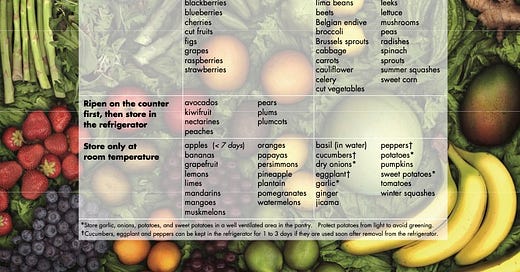
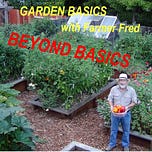

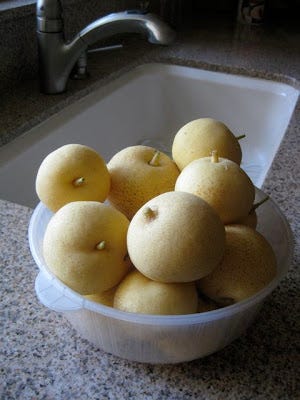
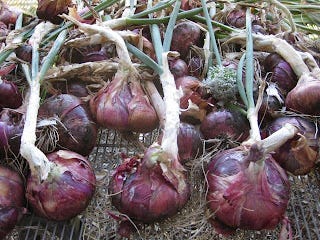
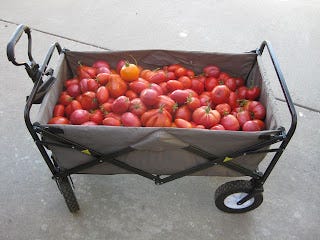




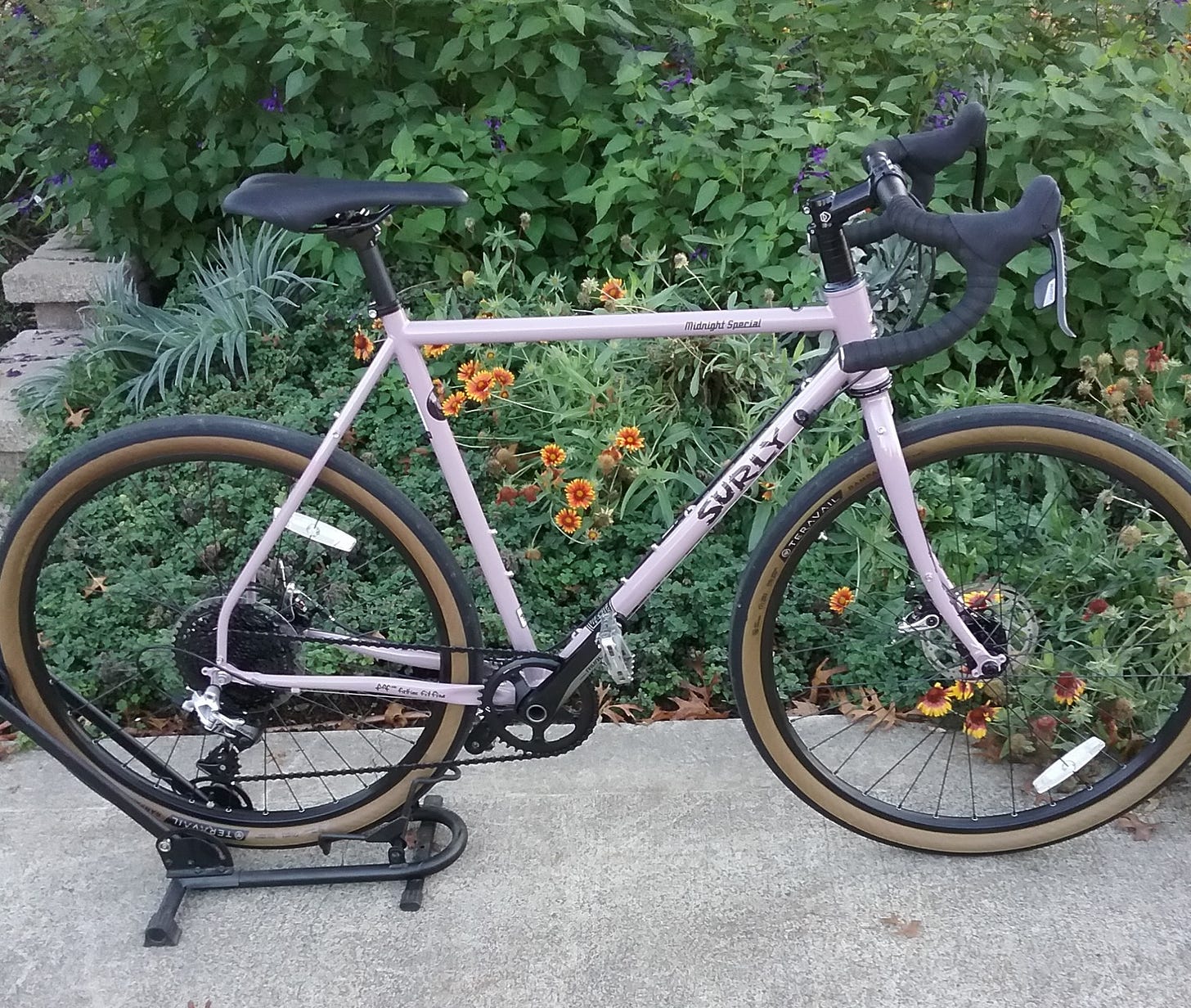

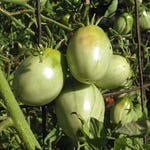






Share this post